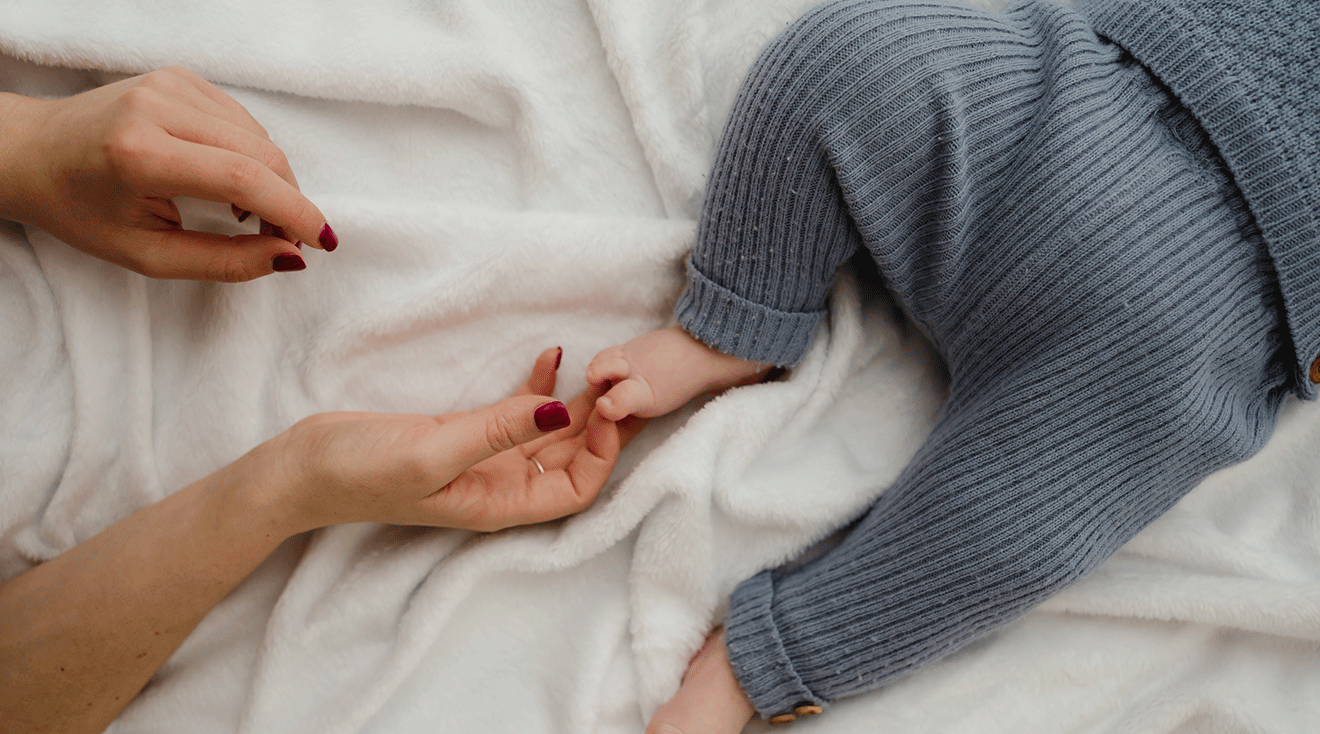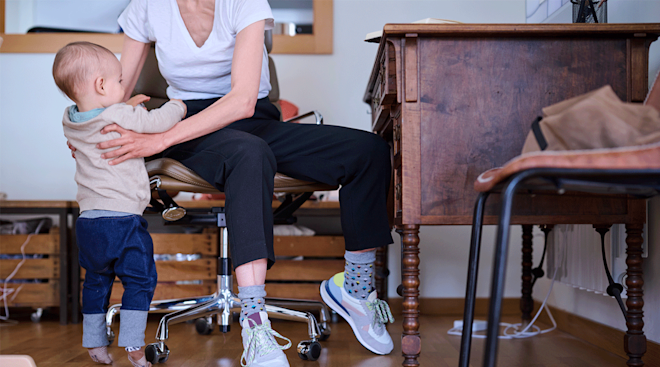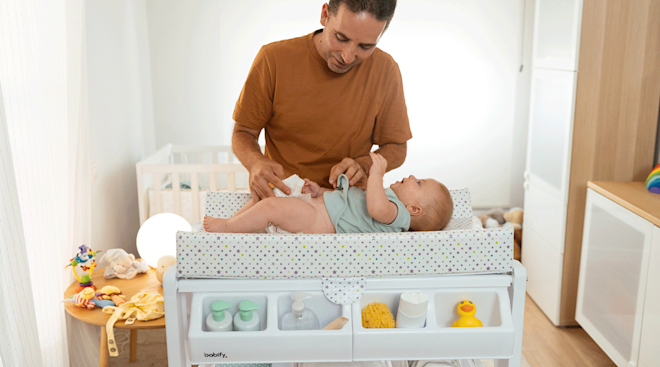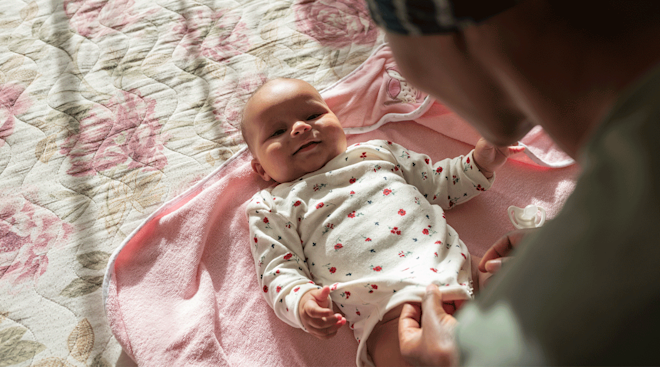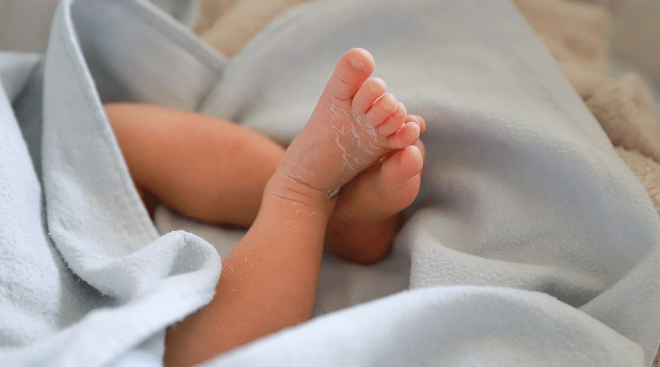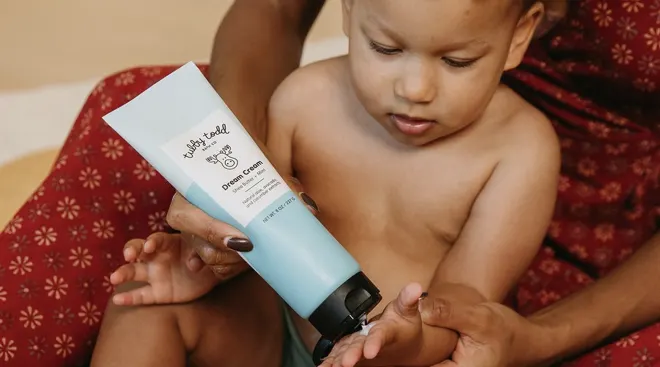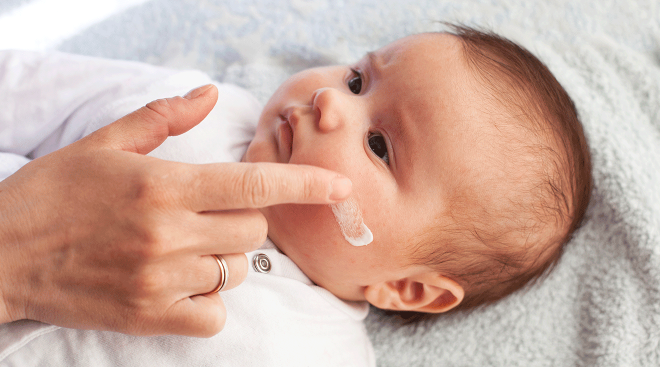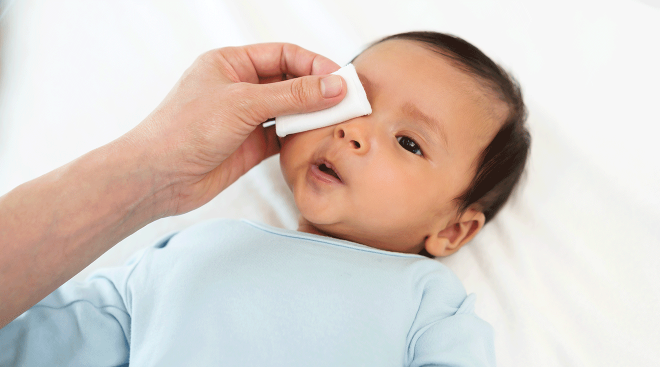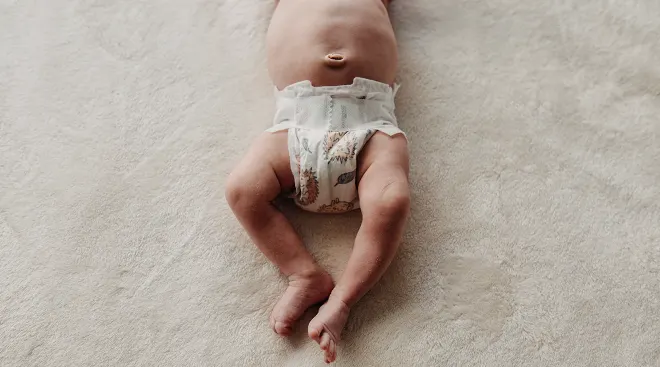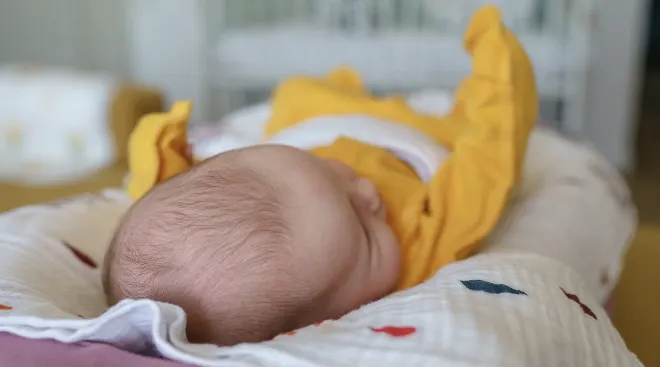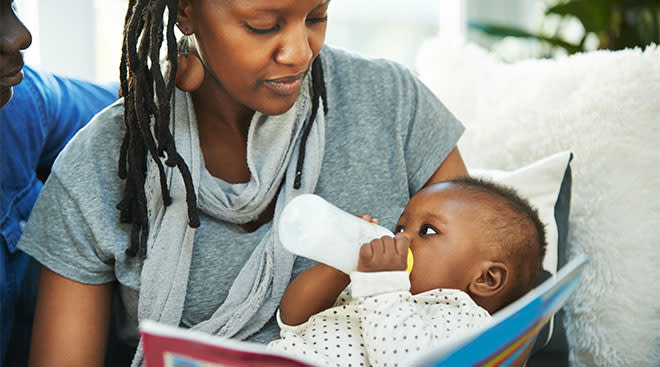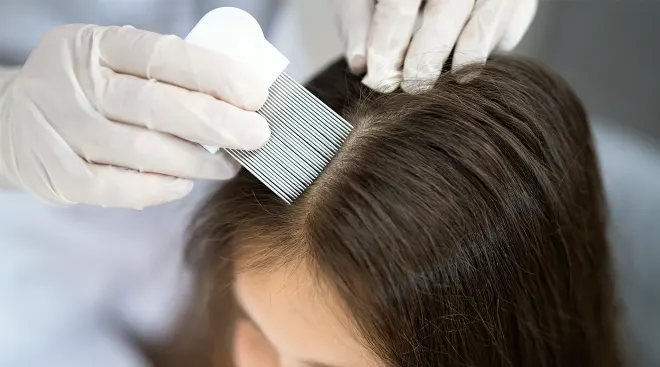Why Baby’s Legs Are Bowed
One of the best things about being a new parent is soaking up all of the little things that make your little one, your little one—those sweet little toes and adorable yawns. But while playing with baby, you might also notice a curve in their legs. Having a bow-legged baby is very common and isn’t a reason to panic, according to pediatricians. However, it’s understandable to have questions about why baby’s legs are bowed and whether you need to do anything about it. Here, experts break down why so many babies are bow-legged—plus when to flag this for your child’s healthcare provider.
Yes, it’s completely normal that baby’s legs are bowed. “When born, babies will have bow legs due to positioning and limited space in the womb,” says Ansley Schulte, MD, FAAP, pediatric medical director at KidsPeace Children’s Hospital in Orefield, Pennsylvania. “As a child develops, they progress naturally from bow legs to knock knees, and finally straight legs in later childhood.” Knock knees are an inward curvature that will typically resolve by around age 7, though some kids may take longer, she says.
Most babies are bow-legged. “Pretty much every baby has some degree of bowing because they can’t be completely straight in the uterus,” says Gina Posner, MD, a board-certified pediatrician at MemorialCare Medical Group in Fountain Valley, California.
Bow legs are most noticeable when baby stands or is held upright, Schulte says. “If their knees don’t touch when standing with feet and ankles together, they have bow legs,” she explains. “Many children with bow legs will also have ‘in-toeing,’ a slight rotation of the foot that makes the toes point inward.”
There are a few things that cause bow legs in babies. One is simply not having enough space in the uterus, says Tracy Zaslow, MD, a board-certified pediatrician and sports medicine specialist at Cedars-Sinai Kerlan-Jobe Institute in Los Angeles. Because it’s crowded in the womb, “some of the fetal bones rotate in the uterus,” she says. Schulte also says that “limited space,” as well as positioning in the womb can lead to bow legs.
In most cases, doctors say there’s no need to correct bow legs in babies. “Since most bow legs are considered normal, they usually don’t require any treatment or correction,” Schulte says. She adds that using aids like braces or splints on a bow-legged baby “can actually hinder normal development, so it’s not recommended for mild bowing.”
However, if your child has extreme bowing, your pediatrician may refer you to a specialist to talk about bracing, casting or surgery, Schulte says.
While bow legs are normal, they should start to straighten out around the time baby is 2 years old, Schulte says. To lower the odds your child will have bow legs as they get older, Zaslow recommends making sure they’re getting proper nutrition.
“In some cases, bow legs can have other causes such as rickets, a deficiency of nutrients vitamin D and calcium,” Schulte says. “Rickets is rare in the United States, but your pediatrician may prescribe a vitamin D supplement in infancy to make sure baby is getting enough while breastfeeding or adjusting to solids.” But, for the most part, bow legs are a normal part of development and cannot be prevented.
If your child has bow legs beyond the age of 2, the bow seems to be getting worse or you notice that the bow leg is worse on one side than the other, Schulte recommends looping in your pediatrician. “If your child isn’t growing and developing as expected in other ways, this could signal an underlying problem,” she says.
Posner adds that it’s always important to talk to your pediatrician if and when you’re concerned about anything concerning your child. “Parents will spend so long worrying,” she says. “It’s better to just ask your doctor to get reassurance or to have your questions answered.”
Please note: The Bump and the materials and information it contains are not intended to, and do not constitute, medical or other health advice or diagnosis and should not be used as such. You should always consult with a qualified physician or health professional about your specific circumstances.
Plus, more from The Bump:
Gina Posner, MD, is a board-certified pediatrician at MemorialCare Medical Group in Fountain Valley, California. She received her medical degree from New York Medical College.
Ansley Schulte, MD, FAAP, is a pediatric medical director at KidsPeace Children’s Hospital in Orefield, Pennsylvania. She received her medical degree from the University of Florida College of Medicine.
Tracy Zaslow, MD, is a board-certified pediatrician and pediatric sports medicine specialist at Cedars-Sinai Kerlan-Jobe Institute in Los Angeles. She received her medical degree from New York Medical College.
Learn how we ensure the accuracy of our content through our editorial and medical review process.
Navigate forward to interact with the calendar and select a date. Press the question mark key to get the keyboard shortcuts for changing dates.
































